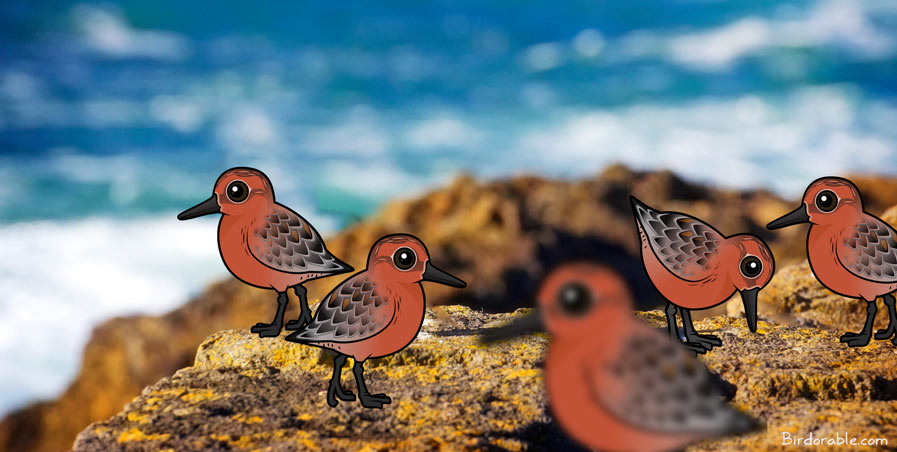Bird Term: Neotropical Migrant

A lot of bird species are migratory. That means that they spend part of the year in one place and then travel (fly) to another place for some time. Migration is typically based around ideal conditions for breeding versus availability of food depending on location and season.
By the way, migration isn't limited to birds. In fact, some species in all major animal groups experience migration. Some well-known examples include the great wildebeest migration in Africa, the multi-generational migration of Monarch butterflies, and salmon runs from the Pacific and Atlantic Oceans into freshwater rivers.
Birds that breed across North America and migrate south to New World neotropics for the winter are known as Neotropical Migrants. Some definitions of the term use the latitude of the Tropic of Cancer (23 degrees north) as a benchmark: birds that breed above this line and winter below it are considered to be Neotropical Migrants.
The over 200 species of Neotropical Migrant birds come from different families, though a majority of species are songbirds. Shorebirds, birds of prey, and waterfowl may also be Neotropical Migrants.
Among these long-distance migrants are Red Knots, with a breeding range that extends into northern Canada and a winter range as far south as the southernmost point of South America. A Red Knot could travel up to 10,000 miles per one-way trip!
Bobolinks are also Neotropical Migrants; individual birds may travel over 6,500 miles one way, from northern Canada down to Argentina.
Neotropical Migrant birds face a variety of threats to their populations. For these birds, ample suitable habitat is required on their breeding grounds, winter sites, and all of the places that they stop along their long journeys.






Comments
Leave a comment
Thank you!